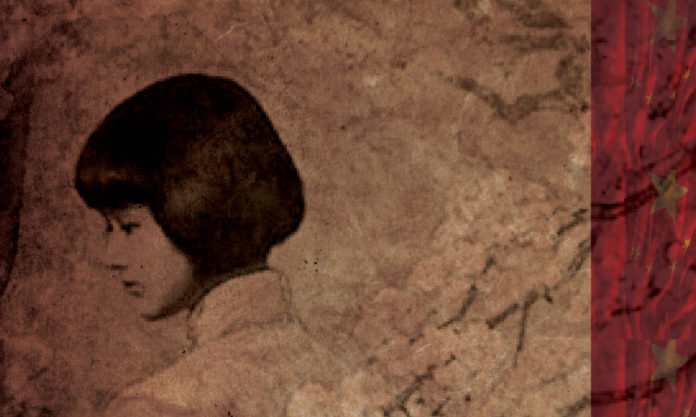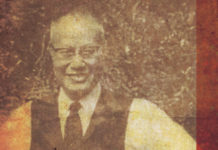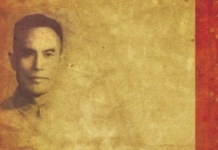Yang Buwei (杨步伟) was the lady who coined the term “Stir Fry”, in a landmark, war-time recipe book on Chinese cuisine that would stop just short of earning her a Nobel Peace Prize.
Born in Nanjing in 1889, Yang was sent to a school for which the entrance examination was to write about the benefits of educating girls. She wrote, “Women are the mothers of all citizens”. Later, after attending an all-girls Roman Catholic school in Shanghai, she next headed further east, to study at the Tokyo Women’s Medical College.
It was Japan that would make for the turning point in Yang’s life. After she found Japanese food to be inedible and the people arrogant, she was only too happy to return to China early, at the request of her father in 1919. Not soon enough, for sadly, he died before he could see his daughter.
After becoming a well-respected physician and cofounding the Sen Ren Gynecological Hospital in a Beijing hutong, marriage was to follow in 1921, to the linguist, Zhao Yuanren (赵元任).
One of the witnesses to the marriage was Hu Shi (胡適), a philosopher and former Chinese Ambassador to the United States. As such, Hu described the newly weds in the next day’s newspaper as a model of modern marriage.
The family was to move to the USA, where Zhao ran Harvard’s Special Language Training Program for the military during the Second World War.
In order to become more familiar with the subtleties of Chinese-English translation, Zhao reached out to the local Chinese-American community. While he and they talked idioms, Yang quizzed them on ingredients, so that she may prepare meals for the program’s instructors.
Subsequently, of the three books Yang penned, it was, “How to Cook and Eat in Chinese” (1945; John Day Co.), which would be her seminal work. But, as Yang mentioned in the book’s introduction, she had never cooked an egg until she went to Japan. “I had always looked down upon food and things, but I hated to look down upon a Japanese dinner under my nose. So by the time I became a doctor I also became something of cook”, she wrote.
Pearl S. Buck (赛珍珠), one of China’s most celebrated foreigners, contributed the preface for the book. “For what better road to universal peace is there than to gather around the table where new and delicious dishes are set forth, dishes which, though yet untasted by us, we are destined to enjoy and love?”, she wrote. For such a contribution, Buck, who was also to all intents and purposes a Nanjinger herself, also made it clear that she wished to nominate Yang for a Nobel Peace Prize.
After hitting the bookshelves, Jane Holt, writing for the The New York Times, called How to Cook and Eat in Chinese, “Something novel in the way of a cook book. … [It] strikes us as being an authentic account of the Chinese culinary system, which is every bit as complicated as the culture that has produced it”.
The book went on to be a bestseller overseas, remaining so for several decades. By the 1960s, some 27 editions had been published, translated into more than 20 languages. This Great Nanjinger’s historic publication had hence become the first of its kind to make available authentic recipes of Chinese cuisine to the global community.












